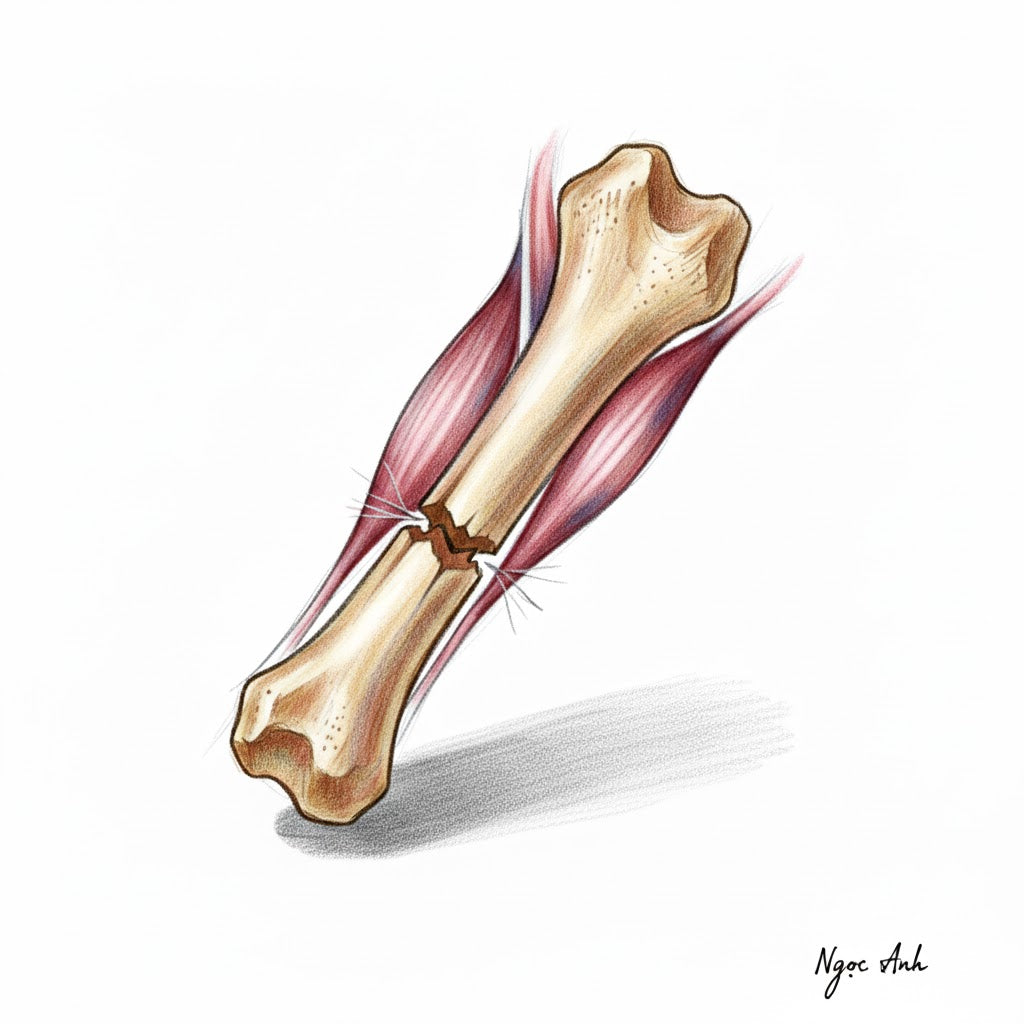The Role of Hyperbaric Oxygen Therapy (HBOT) in Cancer Treatment and Control

Oxygen and Cancer Growth
Cells in our bodies need oxygen to grow. For many years, doctors believed that cancer cells also needed oxygen to grow, so they avoided using any oxygen therapy. However, studies have shown that cancer cells thrive in an oxygen-deprived environment, often resulting in hypoxemia in cancer patients. Contrary to previous beliefs, increasing oxygen levels, such as that provided through HBOT, can inhibit cancer growth. A 2009 study by scientists at the University of Oxford found that injecting oxygen into solid tumors significantly increased patient recovery rates and improved the effectiveness of chemotherapy on cancer cells.
Specific cancer types and responses to HBOT therapy

In most cases, HBOT therapy is used in conjunction with traditional cancer treatments such as chemotherapy and radiation therapy. However, recent studies suggest that HBOT may play an important role in cancer treatment.
A 2010 study published in Cancer Biology and Therapy found that applying HBOT daily for 21 days to ovarian tumors in mice significantly reduced tumor size. When HBOT was combined with chemotherapy, the results were even more promising, with tumors shrinking significantly within two weeks.
In recent years, several studies have looked at the link between HBOT and brain cancers. A 2015 study, published in Oncology Letters , looked at the effectiveness of HBOT in patients newly diagnosed with glioblastoma multiforme (GBM), a highly aggressive brain cancer with a poor prognosis. The results showed that combining HBOT is an effective treatment option and may improve the prognosis for patients.
Another study published in April 2018 found that using HBOT along with radiation therapy significantly reduced mortality in patients with head or neck cancer. Additionally, the risk of tumor recurrence was also significantly reduced when HBOT was included in the treatment regimen.
Treating Cancer-Related Complications with HBOT

In addition to supporting cancer treatment, HBOT also helps control many complications caused by cancer treatment. Chemotherapy and radiation therapy, while effective in killing cancer cells, also cause many side effects. HBOT can help minimize these effects in the following ways:
Tired
Both cancer treatment and the cancer itself can cause severe fatigue. HBOT has been shown to be effective in treating Chronic Fatigue Syndrome, so many cancer patients report feeling less tired after using it.
Anemia
Anemia, or low red blood cell counts, is a common side effect of cancer and cancer treatments. HBOT stimulates the bone marrow, thereby promoting red blood cell production.
Esophagitis and mucositis
Mucositis is inflammation and ulceration of the lining of the digestive tract, while esophagitis is inflammation of the esophagus. These are common complications of chemotherapy and radiation therapy, especially when the two are used together. HBOT helps reduce inflammation, promotes wound healing, and fights infections such as Pseudomonas and other bacteria associated with this condition.
Chemo Brain
Long-term exposure to chemotherapy and radiation can cause “chemo brain” – memory loss, slowed reaction times, and other cognitive problems. For example, a 56-year-old woman who had a tumor removed in 1993 and then underwent chemotherapy and radiation experienced memory and thinking problems. By 1996, she was no longer able to work. However, after receiving 20 one-hour HBOT sessions in 2002, her memory and thinking improved dramatically, allowing her to return to work after a six-year hiatus.
HBOT and the treatment of radiation necrosis
 Radiation necrosis is a serious side effect of radiation therapy, which is often used to treat cancerous tumors. Although radiation therapy kills cancer cells, it also damages healthy cells, causing severe tissue and bone destruction. Depending on the location of the damage, radiation necrosis can occur in many different areas:
Radiation necrosis is a serious side effect of radiation therapy, which is often used to treat cancerous tumors. Although radiation therapy kills cancer cells, it also damages healthy cells, causing severe tissue and bone destruction. Depending on the location of the damage, radiation necrosis can occur in many different areas:
- Pelvic or abdominal tumors : Can cause bleeding from the bladder (radiation cystitis), small intestine (radiation enteritis), or rectum (radiation proctitis).
- Head tumors : Can lead to necrosis of the jaw, teeth, and throat.
- Tumors in the chest, breast, or lung area : Can cause soft tissue necrosis in the chest wall, reducing mobility or causing swollen lymph nodes.
Since the 1970s, HBOT has been used to treat radiation necrosis with a high success rate. The delivery of 100% oxygen at high pressure allows damaged tissue to receive much more oxygen than normal, thereby promoting the recovery process. Not only does HBOT help regenerate damaged tissue, it also helps restore damaged blood vessels, supporting the healing process.
-------------------------------------------------------------------------------------------
👉 Contact SunCare for medical support and advice as well as professional private jet transportation services 🇸🇬 SUNCARE PTE. LTD SINGAPORE
🏠 Add: 10 Anson Road, #10-11 International Plaza, Singapore 079903
☎️ Hotline: +65 96727717 (Dr. Lien Minh - Director) Zalo, Viber
📨 Email: suncarehealth@gmail.com





